Memories are often made when we don’t realize it. Sometimes later we realize those are the […]
The pictures are not that unique or special. In fact, digital images of them were made […]
I am big on visualization–when it serves a purpose. I don’t like making charts, graphs, etc. […]
It always pays to read the details. Genealogical discoveries, large and small, are often obtained from […]
What makes for engaging family history? I am certain it’s not a mere rambling of names […]
I’m occasionally reminded when going through my AncestryDNA matches that shared matches are helpful, but that […]
I’ve not read it yet, but this looks interesting–The Birth Certificate: An American History, by Susan […]
The 17 December 1878 statement of Thomas Tredway indicated that Jemima DeMoss and Elisha Meads were […]
My ahnentafel chart (an ancestor table that lists direct-line ancestors) had blanks in it. I don’t […]
I will be presenting this online session on Monday, 1 November at 1 pm eastern time […]
The ability to merge sources (particularly census) into a tree at Ancestry.com is really a nice […]
ThruLines at AncestryDNA is meant to be a tool to help analyze matches that have at […]
Ancestry.com’s ThruLines is a means to facilitate working with DNA matches that have trees attached to […]
We’ve released the recording and handout for my “Images on FamilySearch” webinar. More details have been posted […]
DNA matches that have no trees or whose submitters fail to respond can be a challenge […]
Due to a scheduling issue, we’ve moved the FamilySearch webinar to 28 Sept. at 7:30 pm. […]
There is more information on the completion of the FamilySearch digitization of microfilm project on their […]
Getting the Most from FamilySearch 7:30 pm. central 28 Sept 2021 (note date/time change). Attend live […]
AncestryDNA recently released a significant update in matches to individual tests. It was time for me […]
Don’t concern yourself with the ethnicity results unless a significant portion of your ethnic heritage is […]
To celebrate our move to our new email server, we’re offering copies of Genealogy Tip of […]
We’ve moved our email distribution of these posts to a new host as madmimi.com. Google feeds […]
Curiosity killed the cat, as they say. Genealogical curiosity can kill your budget and bank account. […]
My 1950 census webinar has been released for purchase and immediate download. Discounted introductory price until […]
I’ve taken an ancestral incident in Kentucky in the early 19th century and turned it into […]
We’ve still got room in our prepping for the 1950 census release webinar. Ordered recordings will […]
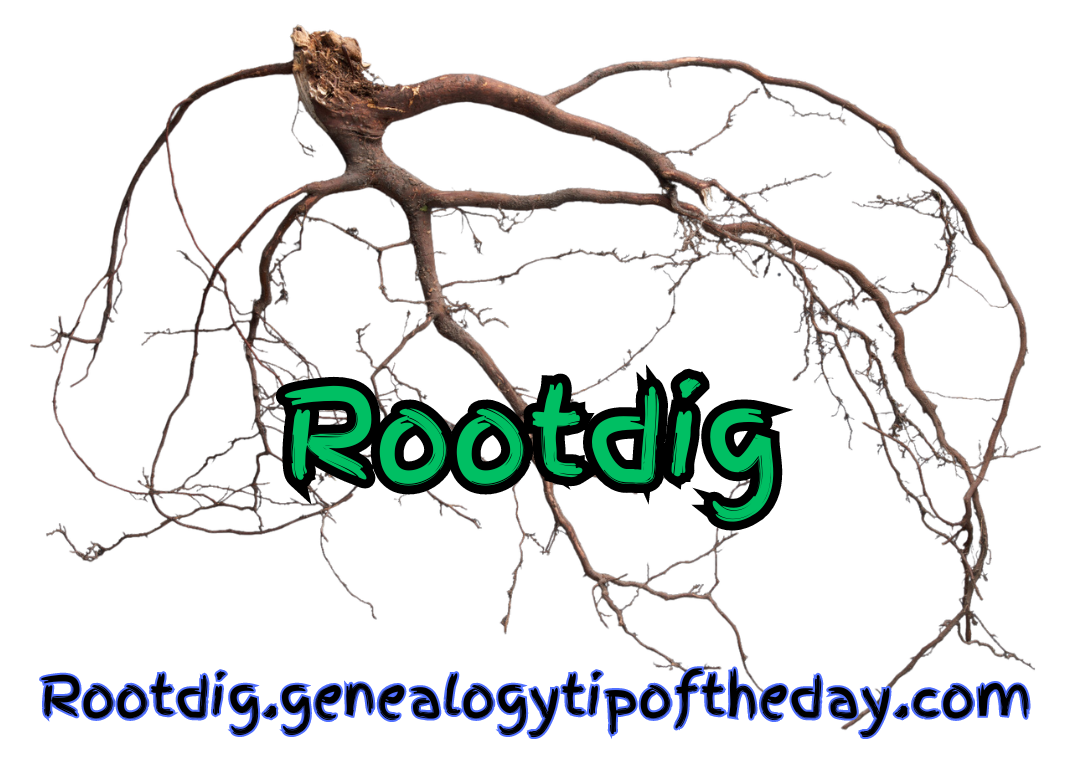
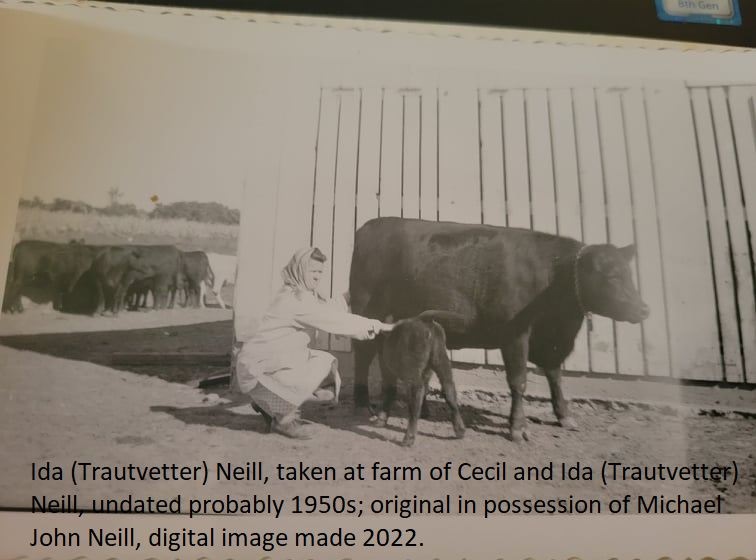
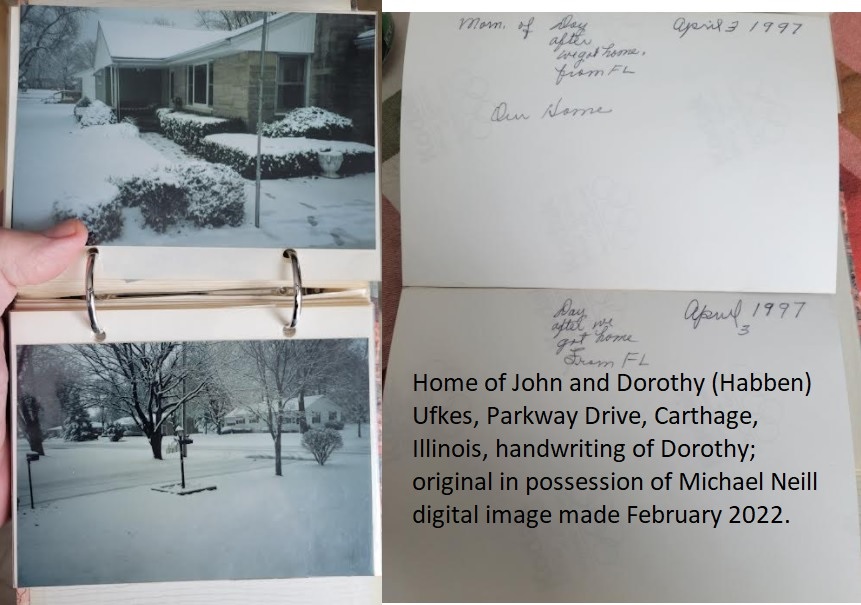
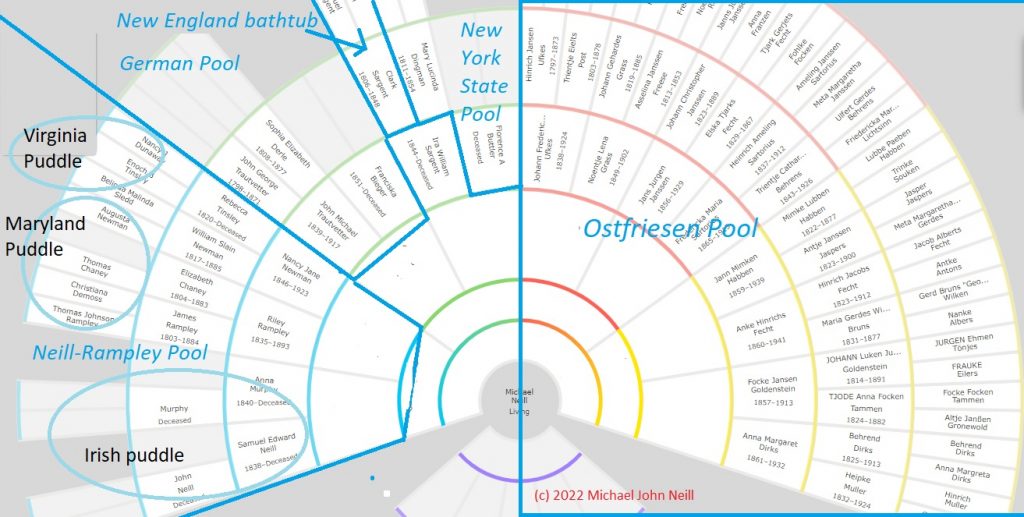
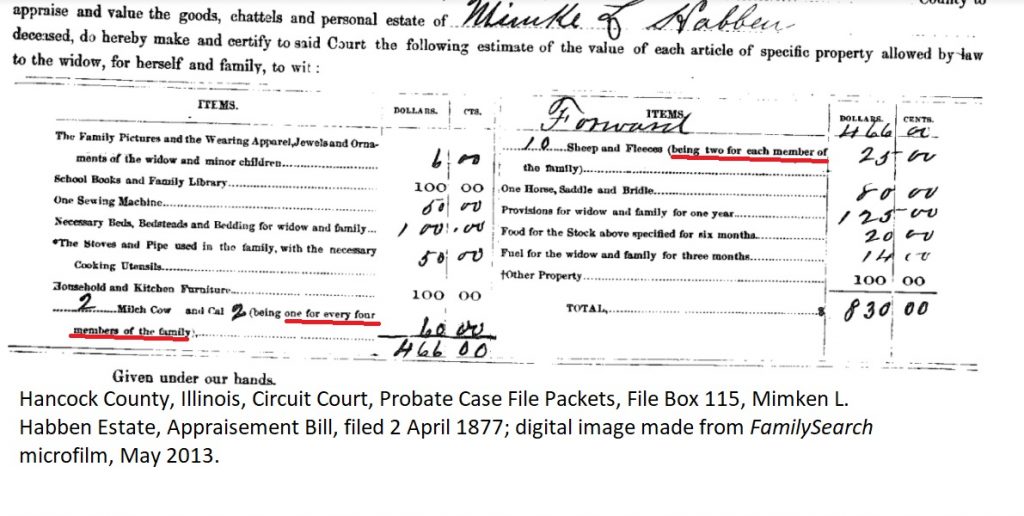
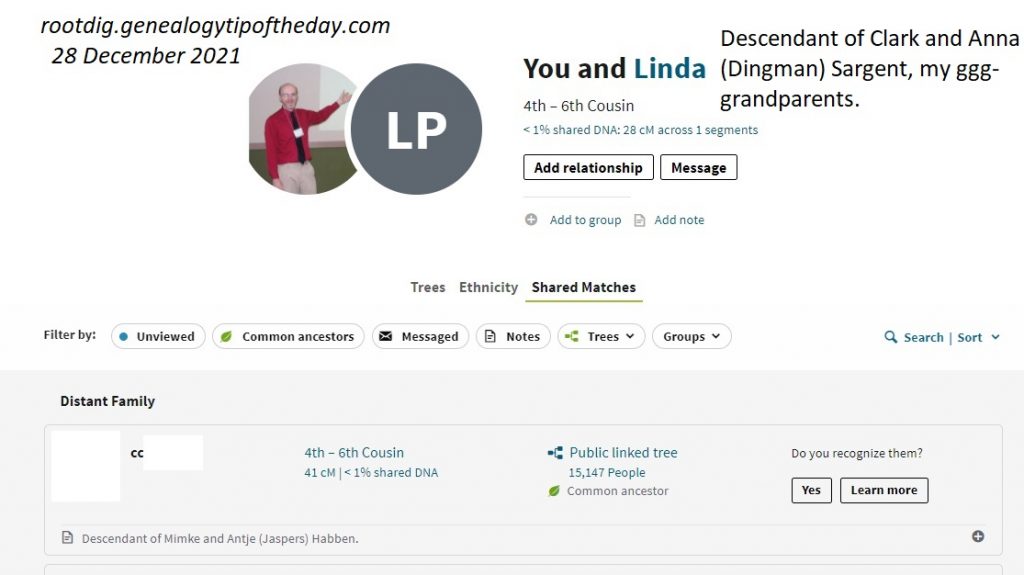
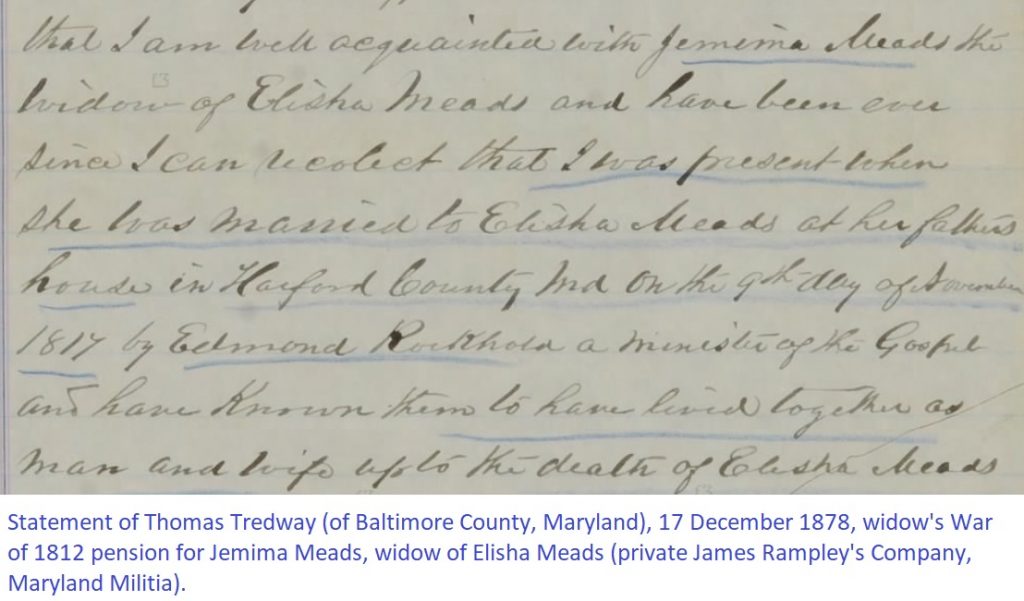
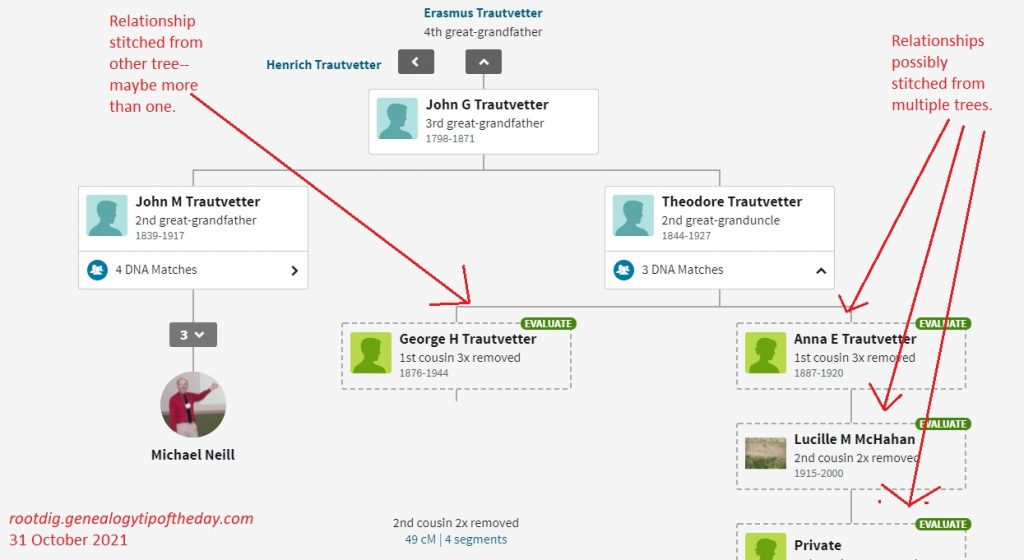
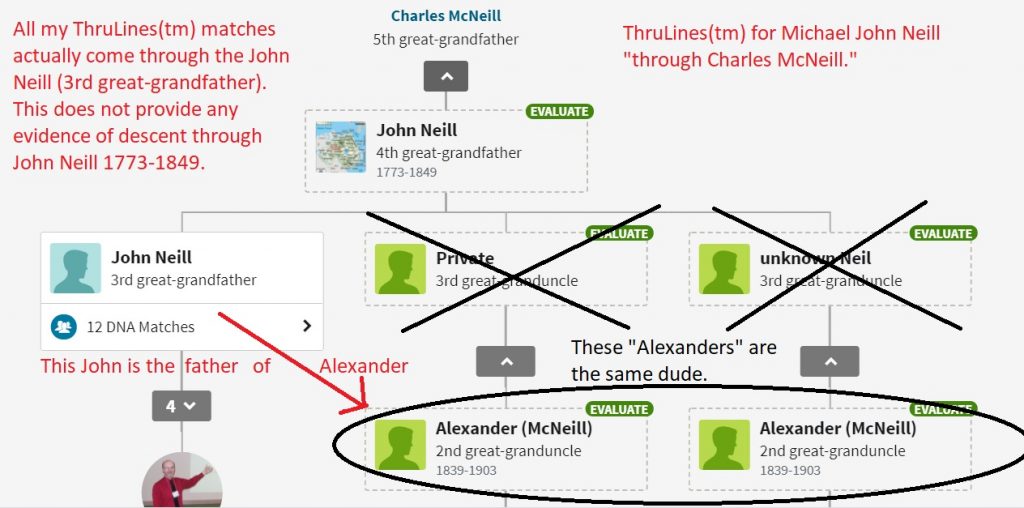
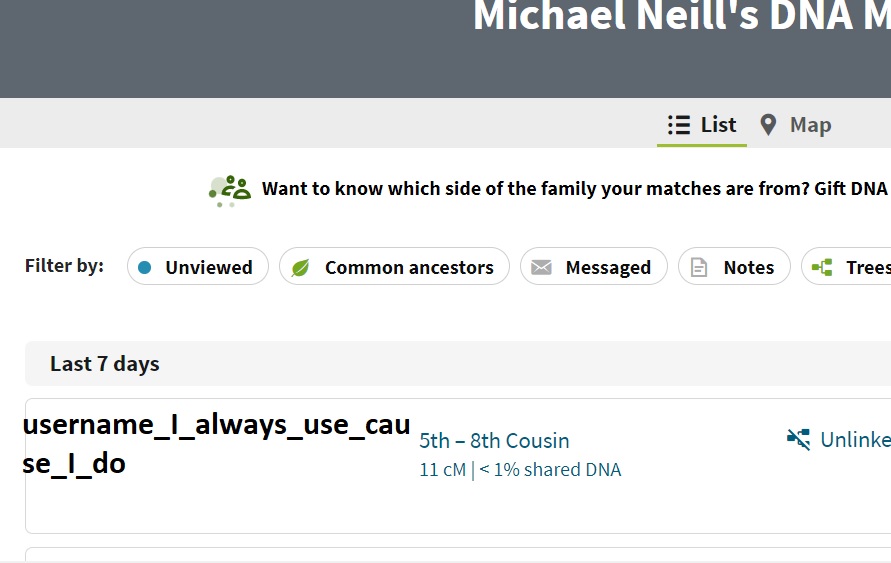
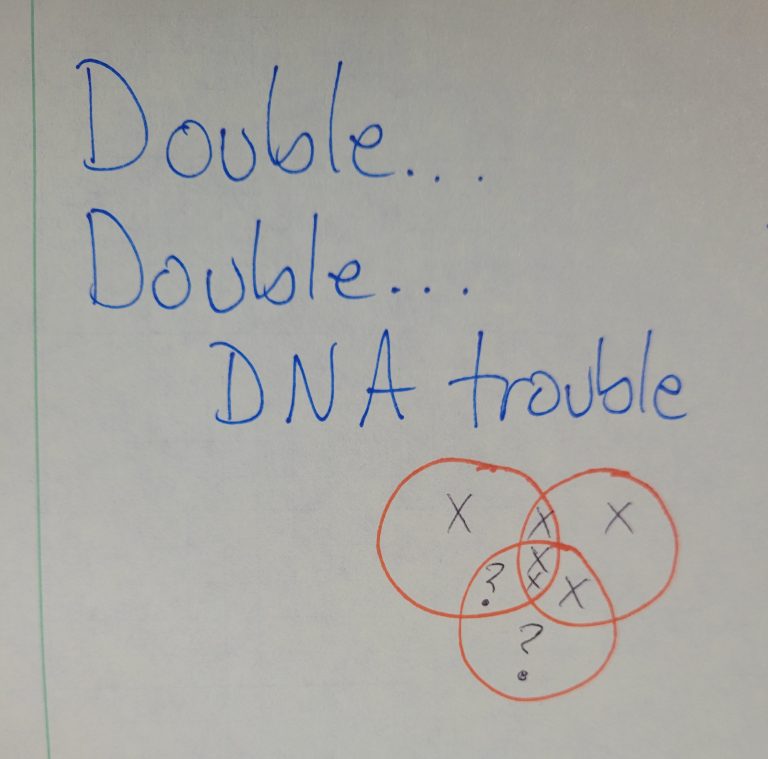
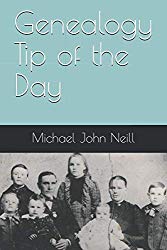
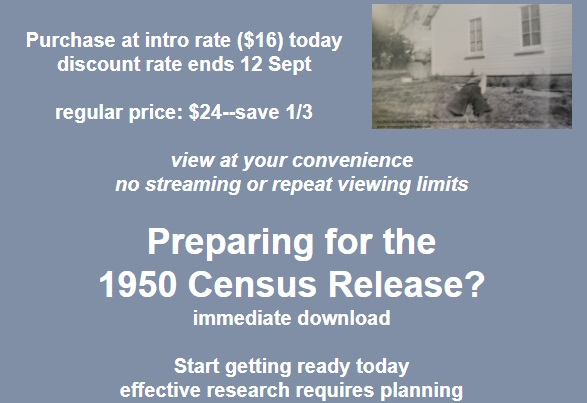

Recent Comments